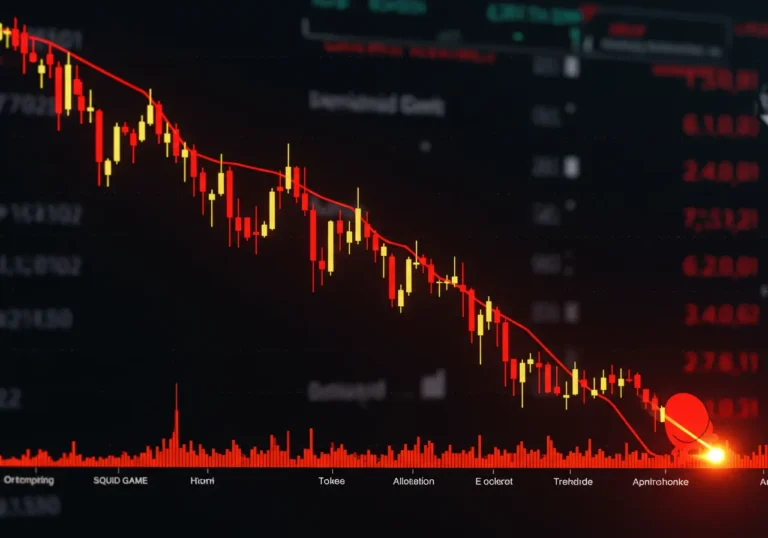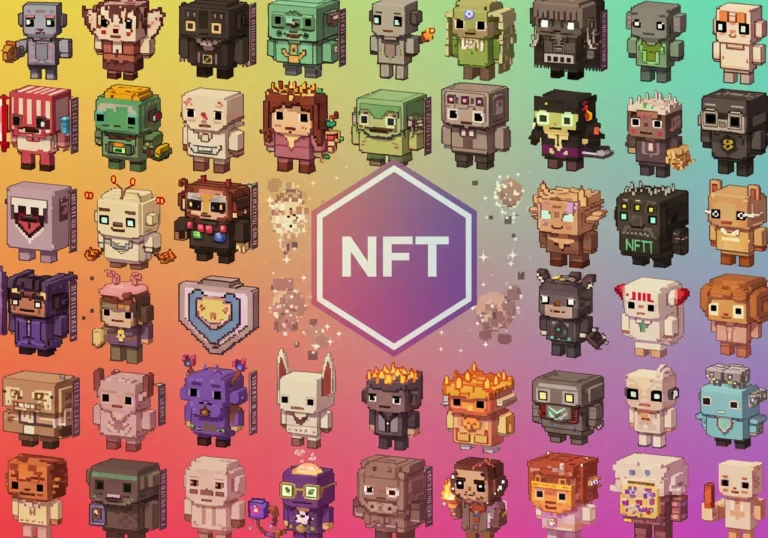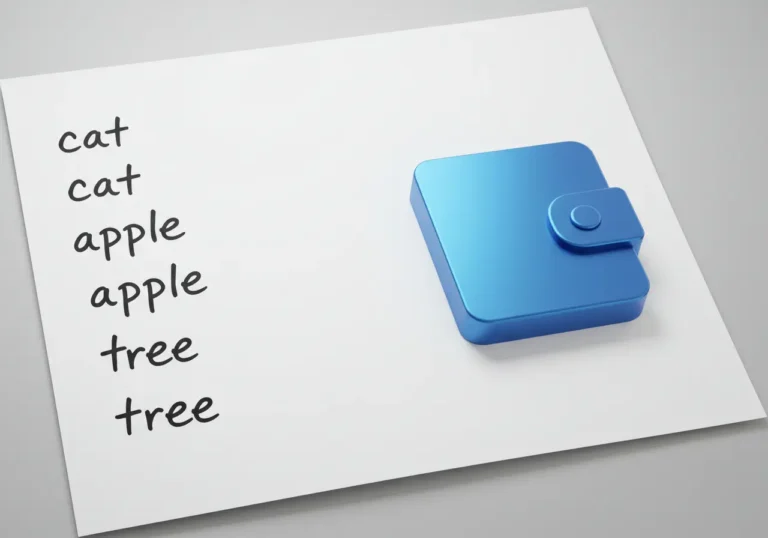Is Tokenizing T-Bills Safe? Yield on Real World Assets
We can look at how real-world assets move into new forms on the internet. And we can ask simple, useful questions about Tokenizing T-Bills, safety, and yield. Let’s begin.
What are T-Bills and why people like them
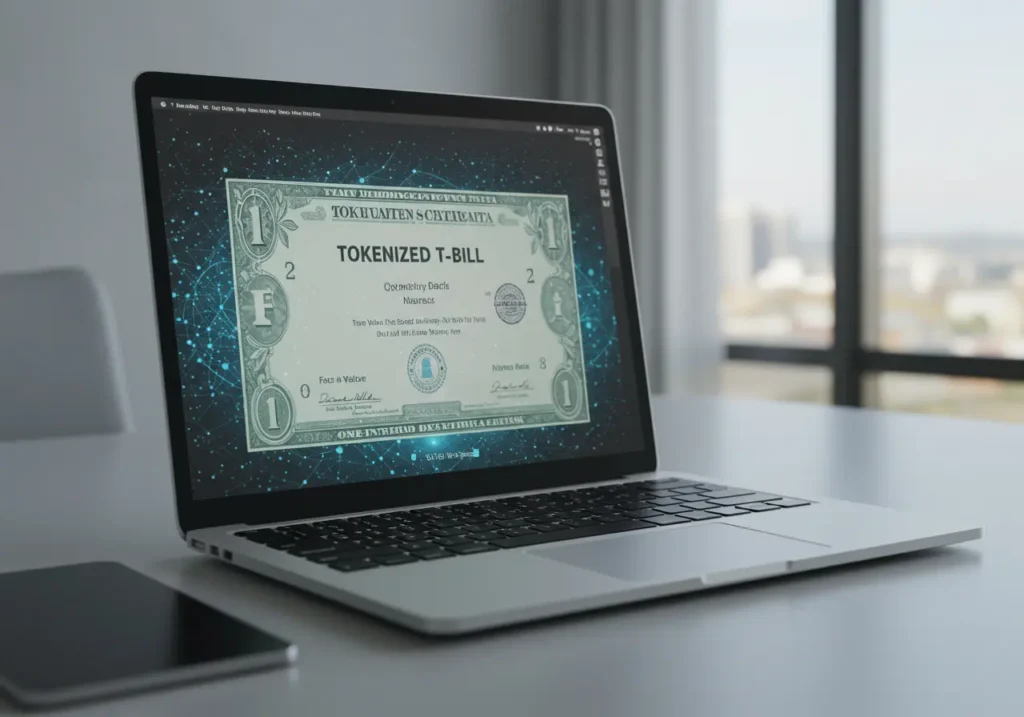
T-Bills are short-term government notes. The U.S. Treasury issues them. People buy them because they are simple and backed by a government many trust. They have fixed terms: 4, 8, 13, 26, or 52 weeks. You lend money for a short time, and you get a little profit when the bill matures.
T-Bills are a classic safe place for cash. They are often used when people want to protect money from bigger market swings. The yield is not huge. But the promise is steady.
What does it mean to “tokenize” a T-Bill?
When we say tokenizing T-Bills, we mean turning ownership into a digital token on a blockchain. Picture this: instead of a paper certificate or a line in a bank ledger, you hold a digital token that represents a share of a real T-Bill.
A simple example
Imagine a T-Bill worth $10,000. A company splits it into 10,000 tokens. Each token equals $1 of that T-Bill. Buyers can own tokens, trade them, or hold them. The token is easier to move across borders. It can be sold in tiny pieces. That’s the attraction.
Why people do it
- It makes small investments possible.
- It can speed up settlement—trades clear faster.
- It opens real-world yield to more people.
That is the promise. But promises need checks. Let’s look at what matters.
Yield on tokenized T-Bills: a plain look
The heart of the question is yield. When you hold tokenized T-Bills, are you getting the same income as someone holding the original T-Bill?
Yield basics
A T-Bill is sold at a discount and matures at face value. The difference is your yield. If you buy a token representing that T-Bill, the yield you receive should match the underlying bill—after costs.
Watch out for fees
A tokenization platform may charge fees:
- Setup fees
- Custody fees (holding the real T-Bill)
- Trading or transaction fees
These fees reduce the net yield. So your real return may be a bit lower than the headline yield of the T-Bill.
Yield Analysis: what to compare
When doing a simple Yield Analysis, check:
- The T-Bill’s official yield.
- Platform fees that cut into yield.
- Any delays in payments or redemptions.
If the platform is transparent and fees are small, the yield can be nearly equal to the original T-Bill. If the fees are large or unclear, the token may not be worth it.
How Blockchain Technology fits in
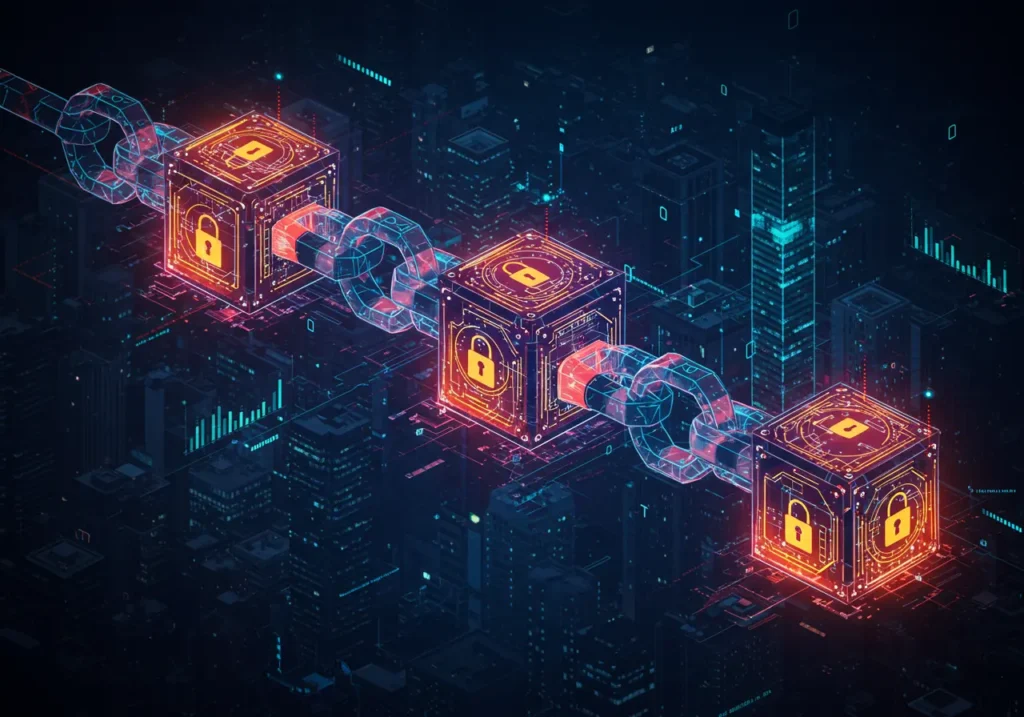
Blockchain is the tool that makes tokenization possible. It records who owns which token. It allows tokens to move without traditional middlemen. But blockchain is not magic. It has trade-offs.
What blockchain adds
- A clear record of token ownership.
- Fast transfers in many cases.
- Potential for global access.
What blockchain does not replace
- The legal claim to the actual T-Bill. That claim sits in the real world—usually with a custodian bank.
- Regulatory oversight from governments. The token’s legal standing depends on contracts and law.
So blockchain helps, but it does not alone guarantee Investment Security.
Where the risk really lives
Let’s be practical. There are a few places risk can hide.
Custody and legal rights
Who holds the actual T-Bill? If a company tokenizes a T-Bill, the physical or electronic T-Bill is usually kept by a custodian. You must be sure the custodian truly holds the asset and that the token gives you legal rights to it. Clear contracts matter.
Platform risk
The platform running the token handles payments, recordkeeping, and trading. If the platform is slow, dishonest, or technically broken, your tokens may become hard to trade or redeem. Look for platforms with strong track records.
Regulatory risk
Laws differ by country. Some places treat tokens like securities. Others treat them like property. Changes in the rules can affect your ability to hold, sell, or redeem tokens. That’s why Real World Assets on-chain still rely on off-chain law.
Counterparty and operational risk
If the entity behind the token faces financial trouble, token holders may face delays or losses. Good disclosure and independent audits reduce this risk.
Practical checks before you invest
Before you buy a tokenized T-Bill, do a short checklist. It’s like checking your car before a long drive.
1. Read the legal documents
They should say how the token links to the real T-Bill. They should identify the custodian. Plain language is better than fine print.
2. Check the custodian
Look for a regulated bank or trust that holds the actual T-Bills. Public records or third-party attestations help.
3. Understand fee structure
Know the setup, custody, and trading fees. Do the math: what is your net yield?
4. Look for audits and transparency
Independent audits of holdings and smart contracts are important. If the platform posts regular proof of holdings, that is a plus.
5. Consider redemption and liquidity
How easy is it to turn your tokens back into cash? If the market is small, you may wait to sell.
Who might benefit from tokenized T-Bills?
Not everyone needs tokenized T-Bills. Here are common profiles that might find them useful.
Small savers and global users
If you have a small sum and want exposure to government yield, tokenization can open the door. People in countries with limited access to U.S. markets may find it easier to buy tokens than to buy T-Bills directly.
Institutional users
Firms that need fast settlement or want floating access to Treasury yields might like tokenized versions. For them, operational speed matters.
Traders
Because tokens can trade 24/7 on secondary markets, traders may use them for short-term strategies. That means liquidity and fees matter.
A few practical examples
Example 1: Maria, saving for a year
Maria wants a safe place for $2,000 for six months. She finds a reputable platform offering tokenized T-Bills. After fees, her net yield is slightly less than the published T-Bill yield, but still higher than her bank savings. She likes the access and clarity, and she sleeps better knowing the asset is government-backed.
Example 2: A trader named John
John trades tokens when interest rates move. He uses tokenized T-Bills to shift quickly between yield and cash. For him, fast settlement and low transaction costs are the advantage.
These stories show the different possible use cases. Each comes with different needs and risks.
Questions about Investment Security and final thoughts
Many people ask: Is tokenizing T-Bills safe? The answer is: it can be, but safety depends on details.
Safety depends on these things
- The legal contract linking token to T-Bill.
- The custodian’s reliability.
- Platform transparency and audits.
- Clarity about fees and redemption rules.
- Applicable laws and regulatory oversight.
When these pieces are strong, tokenized T-Bills can be a safe, useful way to access government yield. When pieces are weak, tokens can hide risk. Always treat tokenized real-world assets like any other investment: do the work, ask the questions, and keep your sums reasonable.
Conclusion — a calm plan you can use
Tokenizing T-Bills is not a fad. It is a way to take a classic government instrument and make it more accessible and more flexible. The yield stays close to the original if fees are fair and the legal link is solid. But safety is not automatic.
If you try tokenized T-Bills, do it with small amounts first. Check the custodial arrangements. Read the paperwork. Ask about audits. And keep a clear head: yield is tempting, but trust is the real currency here.
I hope this helps you feel more steady. Money is a serious matter, but small, careful steps build real confidence. That’s the kind of safety worth aiming for.
Main Takeaways
- T-Bills are short-term government notes with steady yields.
- Tokenizing T-Bills turns a T-Bill into many digital tokens on a blockchain.
- Tokenized yield should match the T-Bill’s yield, minus platform fees.
- Check Real World Assets custody, legal contracts, and audits before investing.
- Yield Analysis must include fees, liquidity, and redemption terms.
- Blockchain Technology helps with recordkeeping and transfer speed, but doesn’t replace legal rights.
- Assess Investment Security by verifying custodian strength and transparency.
- Start small, do the maths, and keep expectations realistic.
Table of Contents

Hello, I’m Edmilson Dias, founder of CoinBringer. I created this platform to guide people through the fast-moving world of cryptocurrency with clarity and safety. With years of research in blockchain and digital security, my goal is to translate complex topics into practical knowledge, offering reliable tutorials, safety insights, and guidance for both newcomers and experienced users.
Discover more from CoinBringer
Subscribe to get the latest posts sent to your email.


